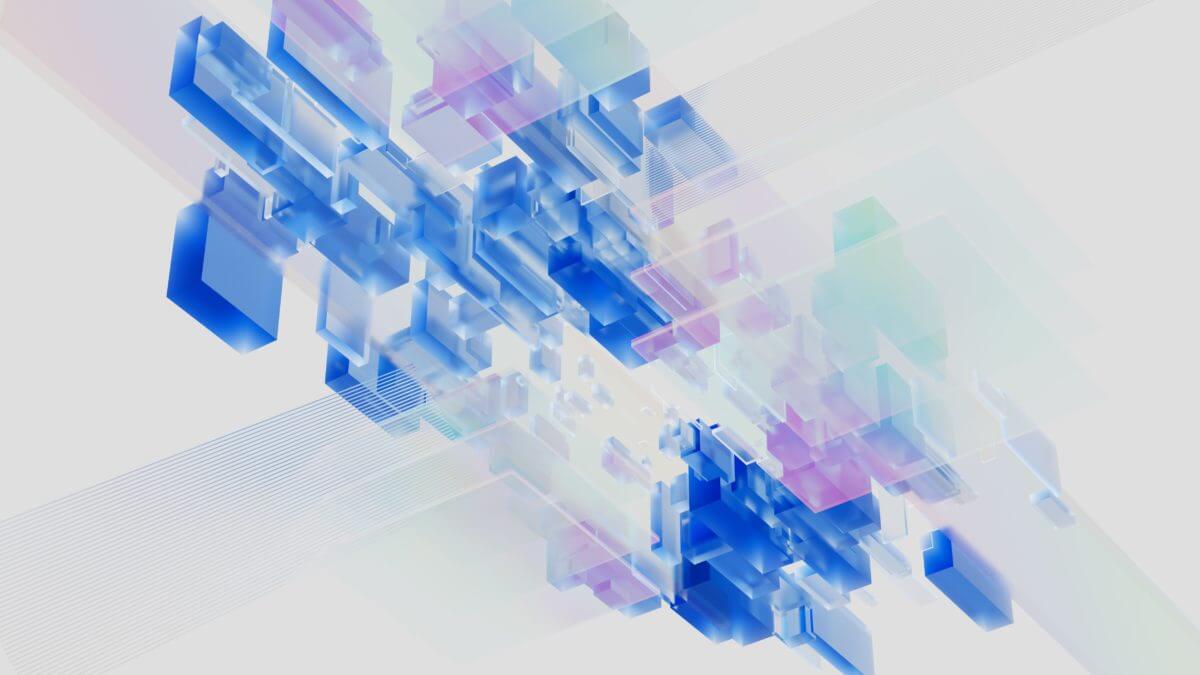
Metaverse Access Costs Drop for Over 3 Billion Gamers
Meta 1 (M1) Network, a decentralized real-time cloud rendering technology with headquarters in Singapore, aims to display the metaverse. AAA games and high-definition metaverses are now difficult to access and enjoy. This is for the more than 3 billion gamers and developers around the world.
The hardware required to access these experiences is frequently out of reach for normal people. Unfortunately, it’s likely that many people will find it challenging. It is expensive to take part in the development of this Web3 sector. This is understandable as venture investment continues to fuel the creation of AAA GameFi products. Also more in-depth and immersive metaverses as well.
The goal of M1 is to develop a blockchain-based, decentralized rendering infrastructure. M1 Network provides rendering resources, much like a cloud gaming service, however, theirs are supplied by mining networks. Without owning expensive hardware, players may connect using any device and access AAA games or sophisticated graphically heavy metaverses. M1’s ultimate goal is to quickly grant players access to any device. Any place, and any form of digital content experiences and metaverses.
One of the most significant developments in the Web3 industry’s young history is about to occur. Ethereum (ETH), is switching from a Proof-of-Work consensus to a new Proof-of-Stake consensus, known as The Merge. Although significant for the entire Web3 ecosystem, M1 is particularly inquisitive about this change because a lot of GPU processing resources are about to hit the market. M1 strategically timed its development goals to seize these priceless resources and quickly expand its decentralized hardware ecosystem.
More About M1
Over 3 million monthly active users can now have the support of M1’s 21 operational worldwide nodes. It is anticipated that this would expand quickly as more mining networks join. Users may view high-quality digital content on any device. Anywhere there is a data connection you can view the content. This is thanks to M1’s decentralized cloud rendering network. The M1 platform can also be used as a launching pad for game creators, allowing them to create higher-quality games without having to worry as much about the minimal hardware requirements or how that will affect player accessibility.
A network of mining pools that get compensation in the form of the M1N token carry out the decentralized, real-time rendering for M1. Miners contribute their resources to the M1 network in order to produce experiences for players and residents of the metaverse. A competitive tokenomics compensation system is provided by M1, and it is distributed using the M1N token. The incentive system pushes miners to offer users dependable, long-lasting, high-quality services. Early adopters will experience a temporary increase in rewards as well as a potential long-term increase in mining speed.
M1 is able to offer rendering resources and services at a significant discount compared to the market average for comparable centralized solutions because of its decentralized hardware network. This makes it possible for M1 to offer its services anywhere in the world, especially in lower socioeconomic areas, where the vast majority of gamers reside. M1 aims to be the infrastructure supporting the onboarding of the following 1 billion Web3 users by lowering the ecosystem cost and enabling worldwide access.




